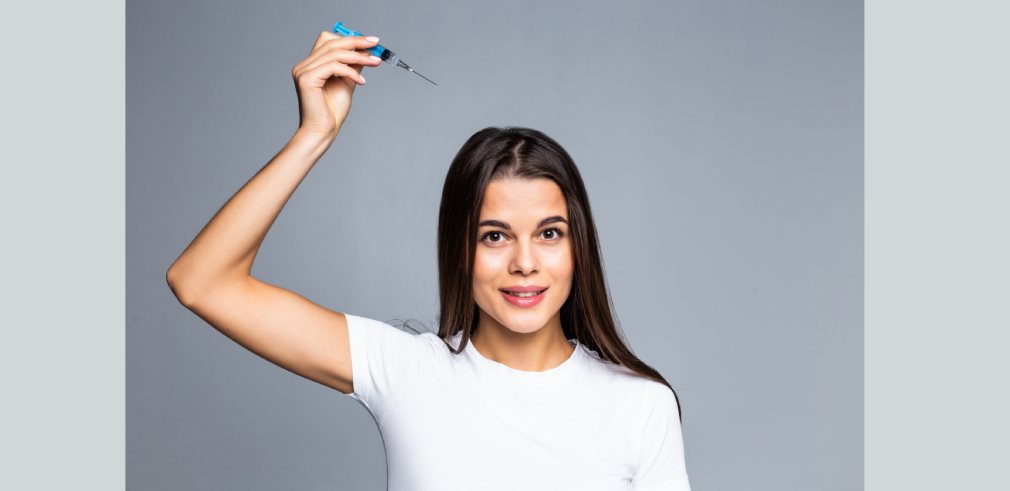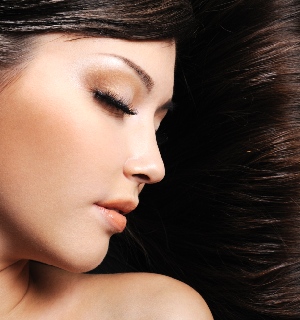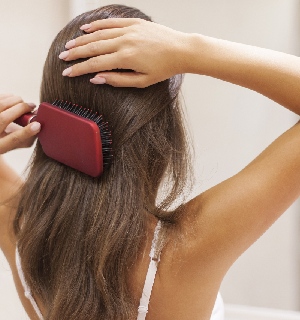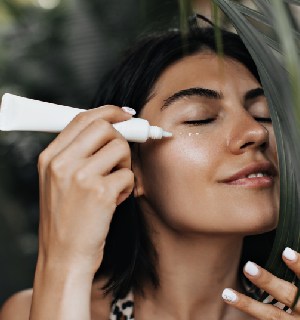What is Alopecia Areata?
A condition which shows the signs of unpredictable hair loss in patches is known as alopecia areata. Being the autoimmune disorder, hair follicles are likely to be affected resulting in drastic hair loss. Scalp, eyebrows, beard and moustache are the majorly affected areas when an individual suffers from alopecia areata.
In extreme cases, the entire body can lead to hair loss on entire body. This condition is called alopecia universalis which can affect anybody irrespective of age or gender. Even if hair growth is noticed after diagnosis of this disorder, there are various possibilities of hair to fall out. Changes in the nail growth and severe hair loss can be witnessed in young adults in the condition of alopecia areata.
There is no definite cure for this disorder, yet, timely treatment can prevent further hair loss. Moreover, many treatments at present have a potential to cover up hair loss. Apart from these treatments, resources can be accessed by alopecia areata patients to cope up with stress.
Causes Of Alopecia Areata
When immune system comes in contact with foreign bodies mistaking them for healthy cells, alopecia areata develops. This auto-immune condition attacks hair follicles directly making them smaller. As a result, the production of hair stops further leading to hair loss.
Individuals who have a hereditary history of Type I diabetes or rheumatoid arthritis are likely to suffer from the autoimmune condition of alopecia areata. This is one of the possible indicators which have made scientists identify this condition as genetic disorder.
On the other hand, extreme cases of stress can act as trigger to alopecia areata. But, there is little scientific evidence which can prove this point. Generally, white blood cells attack hair follicles resulting in slow down of hair production in this autoimmune disorder.
Symptoms Of Alopecia Areata
- Patchy Hair Loss: Prominent symptom of this condition where patches of hair start falling
- Any portion of hair growth gets affected: eyebrows and beard hair loss are included too
- Sudden hair loss or phenomenal process
- Itching or burning sensation in the affected area
- Experiencing more than one episode of alopecia areata
Furthermore, it can be added that over 10% of people tend to witness signs of alopecia universalis after experiencing more than one episode of this autoimmune disorder. Most of all, toenails and fingernails start becoming rough, thin as well as lose their shine. White spots are visible sign of this condition too.
Clinical signs to look for:
Exclamation Mark Hairs: They are visible in areas of hair loss and seem to have broken off hair. It is a key diagnostic finding in alopecia areata.
White Hair: The growth of white hair due to hair loss in the affected areas can be noticed.
Cadaver Hairs: This is a state where hair tends to break even before reaching the surface of the skin
Hair loss in this disorder is unpredictable and is often accompanied by the signs of regrowth. The extent of hair loss as well as frequency of regrowth is variable in all the cases of alopecia areata.
Also Read: Bacterial Infection Of The Hair
Treatment Of Alopecia Areata
There are many advanced treatments which have different mechanism to treat alopecia areata. Here’s a detailed information about the treatments to fight this autoimmune condition of hair loss:
Topical Agents
These medications stimulate hair growth by rubbing them into the scalp. They can be purchased by getting them prescribed or from over-the-counter (OTC). Some of the topical agents for alopecia areata include:
- Anthralin: This drug is also known as Dritho-Scalp and it works on hair regrowth by working on the skin.
- Corticosteroid creams: Inflammation in the hair follicle is decreased by these creams. Clobetasol creams are popular variants which can be prescribed in the form of lotions, ointments and foams to soothe the affected area.
- Minoxidil: This topical agent can be purchased from the OTC and is effective in the cases with limited alopecia areata. It can be applied on eyebrows, beard and scalp twice in a day. This medication has a safe mechanism.
- Topical Immunotherapy: Application of diphencyprone chemical on the skin for sparking allergic rash is involved in this treatment. It takes over 6 months to induce new hair growth through this option. But, regular sessions are recommended for best results!
Oral Treatment
Oral immunosuppressants can be relied on to block immune system’s response to treat alopecia areata. However, it is advisable not to take these medications for longer period to avoid side-effects. Lymphoma, high blood pressure and kidney damage are some of the possible side-effects of prolonged oral treatment for alopecia areata. Methotrexate, Cyclosporine and cortisone tablets are some of the medications prescribed for this condition.
Injections
Steroid injections are beneficial for mild patches developed in alopecia areata for hair growth in the bald patches. Steroid is injected through tiny needles on the affected area of the skin. This process is repeated at an interval of 1 or 2 months for regrowth of hair. Nevertheless, hair loss is not prevented through this treatment.
Light Therapy
Light therapy is a combination of psoralens, an oral medication and UV Light for alopecia areata. It is even popular as a radiation treatment and phototherapy.
Dietary & Lifestyle Changes To Treat Alopecia Areata
- Intake of herbal supplements like ginseng, saw palmetto, Chinese hibiscus and green tea
- Usage of oils like: coconut, olive, jojoba and castor oil
- Rubbing onion juice on the scalp
- Consumption of aloe vera drinks and application of topical gels
- Switching to anti-inflammatory diet which includes vegetables and meats
- Regular scalp massage
Furthermore, it can be stated that alternative therapies to treat alopecia areata are not often tested in clinical trials. Therefore, their effectiveness for treating hair loss is not known. Most of the patients may recover from this autoimmune disorder in a due course of time. But, the possibilities of recurrence remain in most of the cases. Factors which cause alopecia areata may differ from person to person. Thus, it is necessary to seek expert consultation from medical practitioner to understand the extent of disorder and its treatment.
 Whatsapp
Whatsapp Facebook
Facebook Twitter
Twitter Instagram
Instagram Linkedin
Linkedin Pinterest
Pinterest




